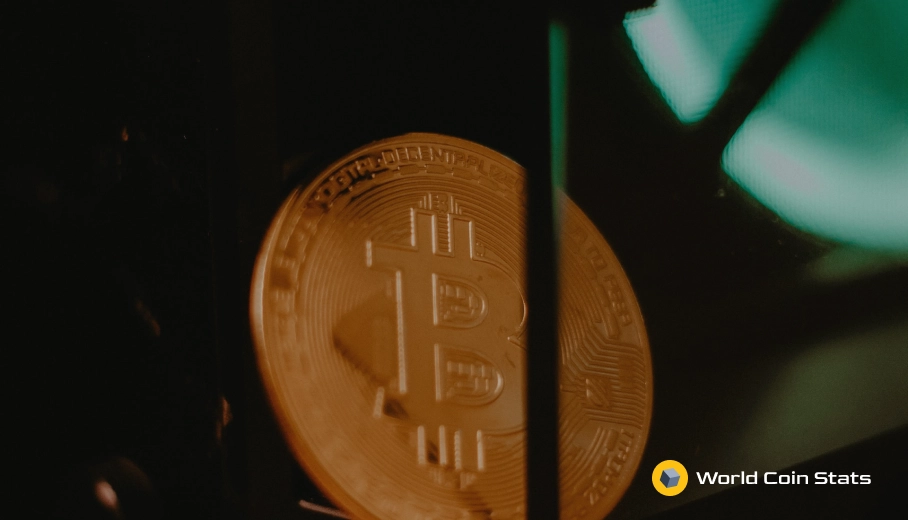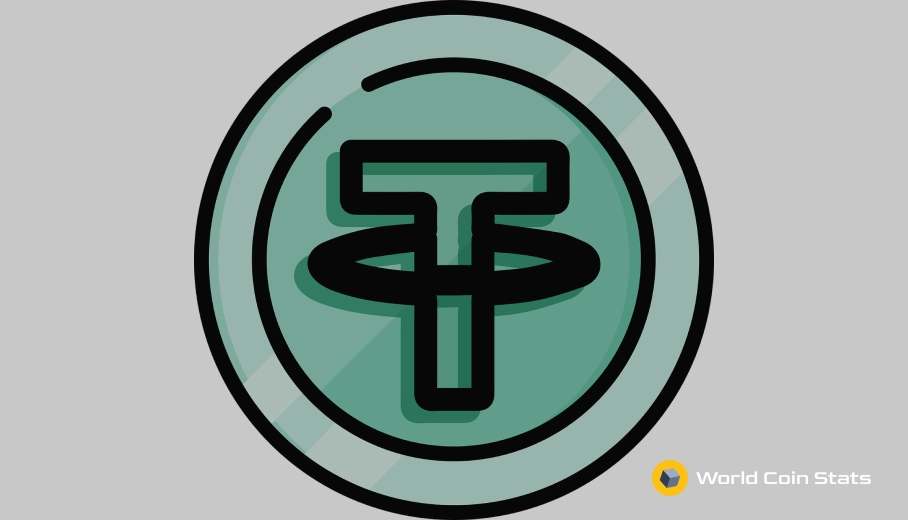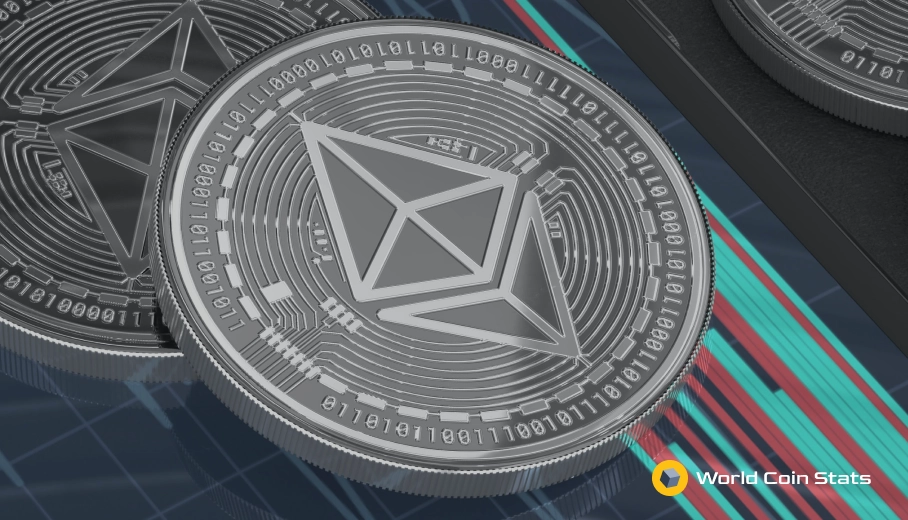What is a DeFi-powered NeoBank?
Decentralized finance has become a major industry over the past year and half. NeoBanks have also become a relatively major industry over the past few years as well.
With that in mind, there are quite a few differences between NeoBanks and DeFi. There is also a hybrid of the two with something called DeFi-powered NeoBanks.
This article will cover what exactly a DeFi powered NeoBank is and the differences between NeoBanks and DeFi applications.
What is a NeoBank?
A NeoBank is essentially an online only bank. It has almost all the same functionality as a traditional bank without having any physical bank branches.
The most popular NeoBank in the United States is Chime with 13.1 million customers.
NeoBanks still have to follow all the same banking regulations as regular banks. Again, the only difference is the banks do not have physical bank branches.
The lack of bank branches results in lower fees for customers, which is the main selling point of NeoBanks.
What is a DeFi App?
A DeFi app is a decentralized financial application. These applications are hosted on a blockchain that allows smart contracts like Ethereum or Binance Smart Chain.
These applications offer services like cryptocurrency exchanges and lending services.
They are decentralized, which means that everything is automated. Basically, there are no middlemen with DeFi apps because it’s simply computer code that automatically does certain tasks.
For instance, if you purchase cryptocurrency on a decentralized exchange like Uniswap, then the entire process is automated from beginning to end. Of course, centralized exchanges rely on a similar automation.
The difference is that Uniswap does not have to comply with financial regulations because they simply write the code to facilitate transactions. The market, rather than the exchanges, provides liquidity.
That is a very, very simple explanation of a DeFi app.
Just think of it as the application being some lines of code to help facilitate transactions between regular people. The liquidity on DeFi apps is provided by the people rather than a centralized group of bankers.
This results in far lower fees for all parties involved. Furthermore, these DeFi apps do not have to comply with banking regulations because, well, they are not actually a bank.
They write the code that facilitates the transactions. But the people actually provide all the capital and liquidity to make the entire DeFi app operate.
What is a DeFi-Powered NeoBank?
A “DeFi-powered NeoBank” is not really a thing.
Nothing about DeFi has anything to do with NeoBanks, so the term itself makes little sense.
Remember, NeoBanks are nothing more than a bank that has no physical locations. It is still a bank that has to comply with all the same regulations as a traditional bank.
NeoBanks also deal exclusively in fiat currency because they are still banks.
DeFi apps operate exclusively on cryptocurrency because they are hosted on the blockchain. Granted, there are still stablecoins on the blockchain (Tether, Dai, etc.), but those are still considered blockchain tokens rather than fiat currency.
To summarize, DeFi-powered NeoBanks are not actually a real thing. Any institution that uses this terminology is using buzzwords to gain some credibility amongst potential customers.
As we stated earlier, there is no way for a NeoBank to be truly DeFi powered.
It’s just a marketing gimmick by banks to draw in customers.
DeFi Will Crush Banks
The overarching point of all of this is that DeFi protocols will completely crush the traditional banking system.
This is already starting to occur with NeoBanks like Chime eating into the market share of traditional banks like Bank of America and Wells Fargo.
This is the case because NeoBanks have lower fees because they have a smaller payroll and don’t have to pay rent.
DeFi protocols take this a step further by offering the same services that banks offer (ie. earning money on a deposit) at an even better rate than banks.
A significantly better rate.
The money sitting in your Bank of America account earns about 0.1% interest per year.
That is essentially nothing.
On the flip side, you could provide liquidity to an exchange like Uniswap or Sushiswap and earn a relatively safe 10% APY per year.
10% is actually quite low for DeFi, but that is for a relatively safe pool like a stablecoin pool.
This will lead to the eventual collapse of the traditional banking system. It will actually be quite similar to how the internet has destroyed the newspaper and magazine business.
Sure, newspapers and magazines still exist to some extent, but they are not what they were in the 1980s and earlier.
Now, the downfall of banks to DeFi will not be a quick process. It will likely take around a decade before DeFi begins to severely disrupt the industry.
Newspapers and record companies still exist in 2021 despite the internet more or less destroying that business for the past 25 years.
Banks will likely go in a similar fashion as newspapers and record companies have gone.
Final Thoughts
That covers it for what a DeFi-powered NeoBank does.
It does not actually do anything. It’s simply a regular bank using DeFi as a buzzword to attract customers. More importantly, this shows that banks view DeFi as some sort of threat because they are using the industry lingo in order to attract customers.
As for NeoBanks, they are an interesting concept that has emerged within the past decade. However, they are still a centralized financial institution that will face pressure from the many DeFi protcols that will emerge over the next few years.




